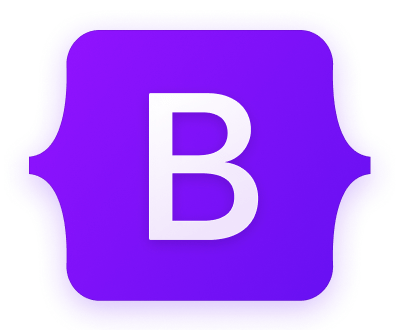Design Principles
- bootstrap:
Bootstrap is based on a mobile-first design philosophy, ensuring that applications are responsive and accessible on all devices. Its grid system and utility classes allow for rapid layout adjustments, making it easy to create responsive designs without extensive CSS knowledge.
- antd:
Ant Design follows a design system that emphasizes a clean and elegant interface, focusing on user experience and usability. It provides a wide range of components that are designed to be visually appealing and functionally robust, making it suitable for complex applications.
- semantic-ui-react:
Semantic UI React promotes a semantic approach to HTML, making the code more readable and maintainable. It focuses on the meaning of the components rather than their appearance, allowing developers to create user interfaces that are both functional and easy to understand.
- material-ui:
Material-UI is built on Google's Material Design principles, which focus on creating a cohesive and intuitive user experience. It emphasizes the use of depth, motion, and bold colors, providing a modern look and feel that enhances usability.
Customization
- bootstrap:
Bootstrap allows for customization through its Sass variables and mixins, enabling developers to create unique themes while maintaining the framework's core functionality. Its extensive documentation provides guidance on how to customize components effectively.
- antd:
Ant Design offers extensive customization options through its theming capabilities, allowing developers to easily adjust styles and components to match their brand. It also supports less and CSS-in-JS for styling, providing flexibility in design.
- semantic-ui-react:
Semantic UI React supports theming and customization through its built-in theming capabilities, allowing developers to create custom themes and styles. It also provides a variety of configuration options to tailor components to specific needs.
- material-ui:
Material-UI provides a powerful theming system that allows for deep customization of components. Developers can easily override styles and create themes that align with their brand, making it highly adaptable for various projects.
Component Variety
- bootstrap:
Bootstrap provides a solid foundation of essential components, including buttons, modals, and navigation elements. While it covers the basics well, it may lack some advanced components that other libraries offer, making it more suitable for simpler applications.
- antd:
Ant Design offers a comprehensive set of components that cater to a wide range of use cases, particularly for enterprise applications. It includes advanced components like tables, charts, and forms, making it suitable for data-intensive applications.
- semantic-ui-react:
Semantic UI React offers a diverse set of components that focus on usability and accessibility. It includes a range of UI elements that are easy to implement and customize, making it suitable for projects that prioritize user experience.
- material-ui:
Material-UI boasts a rich library of components that are designed according to Material Design guidelines. It includes a wide variety of components, from basic buttons to complex data grids, making it versatile for various applications.
Learning Curve
- bootstrap:
Bootstrap is known for its low learning curve, making it accessible for beginners. Its extensive documentation and simple class-based approach allow developers to quickly grasp the framework and start building responsive layouts.
- antd:
Ant Design has a moderate learning curve, especially for developers who are new to its design principles and component structure. However, its comprehensive documentation and examples make it easier to get started and implement features effectively.
- semantic-ui-react:
Semantic UI React has a relatively low learning curve due to its emphasis on semantic HTML and intuitive component structure. Developers can quickly learn to use the library effectively, thanks to its clear documentation and examples.
- material-ui:
Material-UI has a moderate learning curve, particularly for those unfamiliar with Material Design concepts. However, its well-structured documentation and examples help developers understand how to implement components effectively.
Community and Support
- bootstrap:
Bootstrap has one of the largest communities in web development, providing a wealth of resources, tutorials, and third-party themes. Its popularity ensures ongoing support and frequent updates.
- antd:
Ant Design has a strong community and is backed by Alibaba, ensuring regular updates and support. The documentation is extensive, and there are numerous resources available for troubleshooting and learning.
- semantic-ui-react:
Semantic UI React has a dedicated community, although it is smaller compared to Bootstrap. It provides good documentation and examples, but developers may find fewer resources compared to more popular libraries.
- material-ui:
Material-UI has a vibrant community and is widely adopted in the React ecosystem. It offers comprehensive documentation, examples, and community support, making it easy for developers to find help and resources.



























